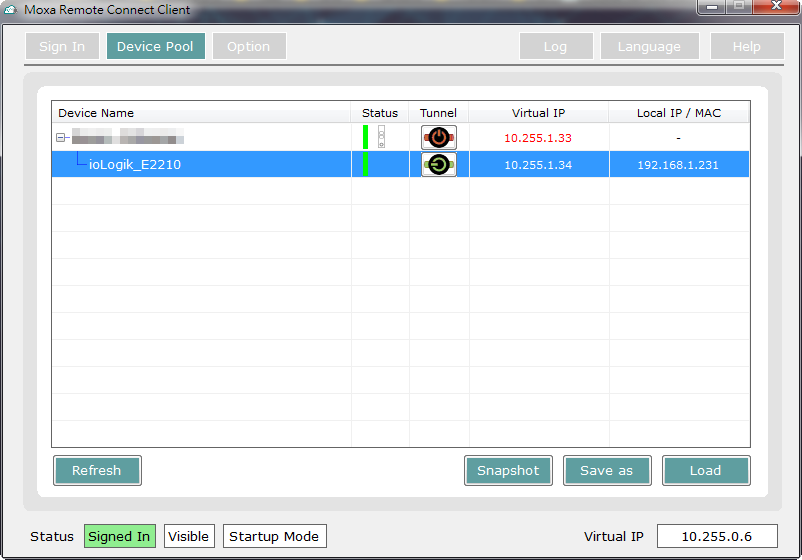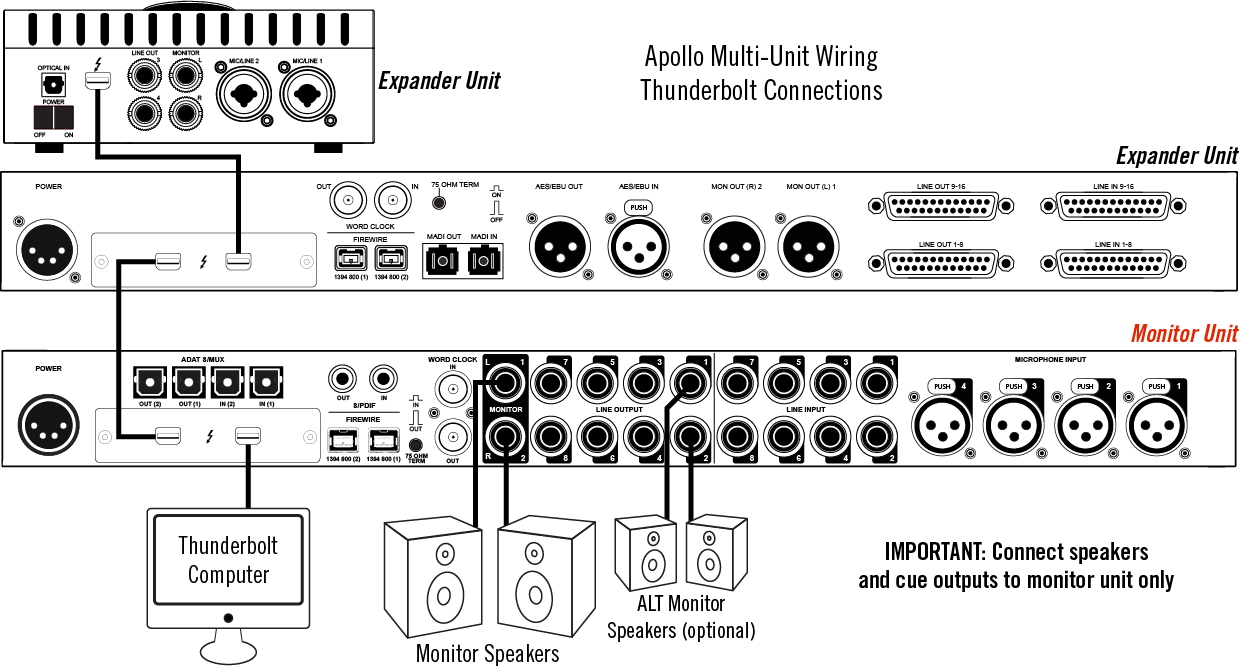

Since the gateways have many users, Please run computational software(e.g.

Our VNC Gateways: Phoenix (grad students) and Dragon (faculty) provide graphical access to your network account desktop from anywhere on the internet. Your Mac OS X, Windows, Linux machine or tablet to use this service. You can disconnectĪnd the desktop will continue to run. Your personal virtual desktop from a "VNC client". "VNC server." It will run until it is killed.

VNC lets you access to a Linuxĭesktop running on a Math server in a window. VNC stands for "Virtual Network Computing" and If you have a problem viewing yourĭesktop: 1) Kill your vncserver process, 2) In your ssh terminal window, Machines and servers, you may need to update a file so that your vncĭesktop will appear properly. Once you've installed the VPN on your personal computer, you'll need to enter the following address in the empty address field in the VPN application: vpn.arizona.9/2014 - Due to the new version of Ubuntu (14.04) on our gateway The first step to setting up your personal workstation for remote work is getting the Cisco An圜onnect VPN installed. If you are not set as an administrator on the machine you’ll be remoting into, please let us know by calling us at 626-5058 or submitting a ticket and we’ll get that configured remotely. The Settings window will pop up and under the name of the account if you see the word "Administrator" then it is an Administrator account. While you are still on campus please check if you are set as an administrator on your Windows workstation by clicking on the Windows start menu icon in the bottom left-hand corner of your screen, then right clicking on the user icon (probably looks like head and shoulders caricature), then click on ‘Change account settings’. Do NOT move files to your personal workstation and work on them there, as this may constitute a violation of The University of Arizona’s data security policy: IMPORTANT: When using remote desktop, always save your work to the desktop that you have remoted into.


 0 kommentar(er)
0 kommentar(er)
